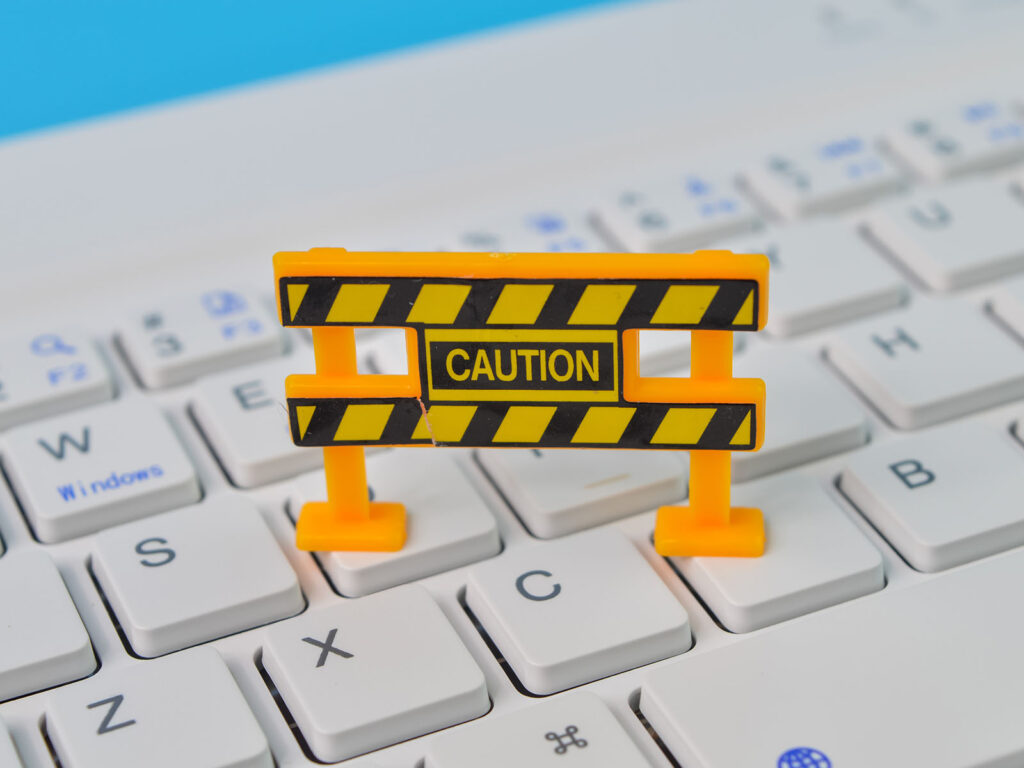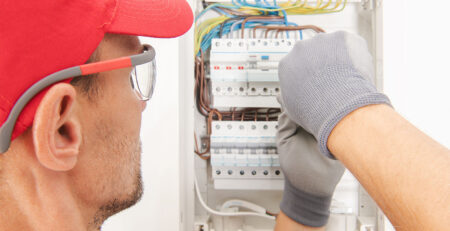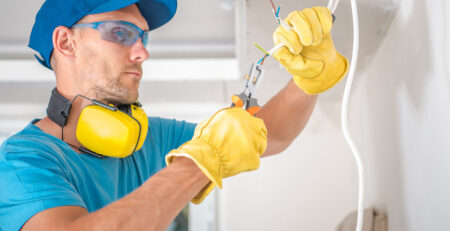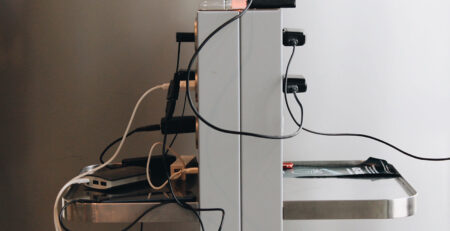Basics of Electrical Safety
Electrical safety in the workplace is crucial for preventing accidents and injuries that can lead to property damage, loss of productivity, and harm to personnel. Explore the Basics of Electrical Safety in this blog by Electrogrip.
Electrogrip is a chemical earthing manufacturer in Kolkata. We specialize in ESE Lightning Protection Systems, and lightning arresters and also provide free chemical earthing. We deal with all sorts of earthing and lightning products and ensure your safety.
Here are some basics of electrical safety to keep in mind:-
- Follow Proper Lockout Procedures
Always follow proper lockout/tagout procedures. This involves disconnecting power sources and locking them out to prevent the accidental startup of equipment. This is especially important when working on electrical equipment or machinery.
- Use appropriate personal protective equipment

Always use appropriate personal protective equipment (PPE). This includes insulated gloves, safety glasses, and clothing that can protect against electrical hazards. It’s important to select PPE based on the specific electrical hazards present in the workplace.
- Be aware of the electrical hazards

Be aware of the electrical hazards present in the workplace. These can include exposed wires, overloaded circuits, and equipment that is not properly grounded. Make sure that all electrical equipment is properly maintained and inspected to prevent hazards.
- Do not use damaged equipment
Never use equipment that is damaged or malfunctioning. This includes frayed cords, broken plugs, and equipment that sparks or emits smoke. If equipment is damaged, remove it from service until it can be repaired or replaced.
- Use caution when working with electricity

Always use caution when working with electricity. Avoid touching electrical equipment with wet hands, and never stand in water when working with electrical equipment. Always follow proper procedures when working on or near electrical equipment, and never attempt to repair electrical equipment unless you are properly trained to do so.
- Train your Employees
Make sure that all employees are properly trained in electrical safety procedures. This can include training on lockout/tagout, PPE, and how to identify electrical hazards in the workplace. Make sure that training is regularly updated to reflect changes in the workplace and new safety standards.
Key Takeaways
By following these basics of electrical safety in the workplace, you can help to prevent accidents and injuries and keep your workplace safe and productive. Remember to always use caution when working with electricity, and never take shortcuts when it comes to safety.
We hope you liked our blog on the Basics of Electrical Safety. For more such informative blogs, click here.












Leave a Reply